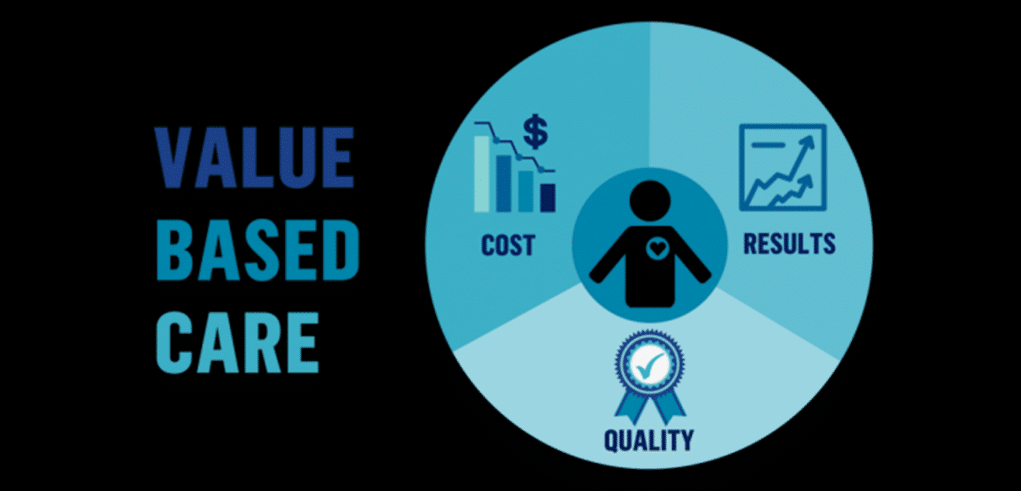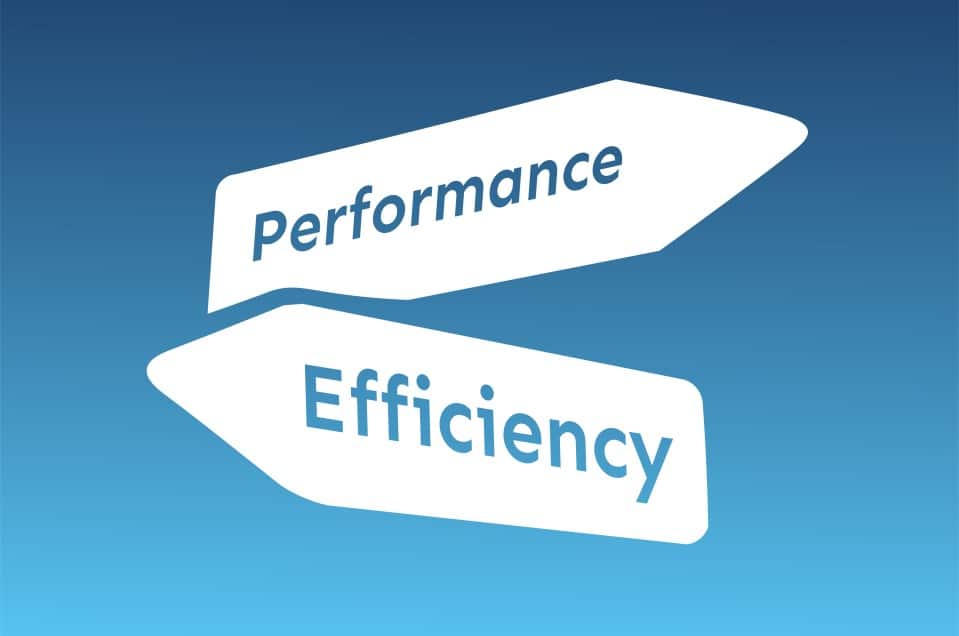Assuras
Aerospace
With so many rapid changes happening in the industry, it is necessary for companies to rethink their day-to-day operations and make adjustments so they can better position themselves for the future.
Changes in the commercial aviation industry are poised to change the global industrial sector. The once-booming commercial airline industry has been struggling with an unprecedented decline in air travel rates. This change has had grave repercussions on the production of aircrafts and laid off countless employees who were once supported by this industry.
With rapid change in the industry, come new problems and opportunities. You can count on us to be there for you when you need us most because we know what it takes to keep up with the pace of innovation when facing competition.
Most Recent Aerospace Statistics
➔ The global aerospace industry is valued at $838 billion
➔ The US accounts for 30% of the global aerospace industry, followed by Europe (25%), Asia (22%), and Russia & Canada (8%)
➔ The commercial aerospace market is forecast to grow at 4.1% annually through 2023 to reach $858 billion
➔ The civil aviation market is projected to grow at 4.2% per year through 2023 to reach $746 billion
➔ The military aerospace market is forecast to grow at 1.9% annually through 2023 to reach $362 billion
Our Contribution — Services
Assuras offers a wide range of services in the Aerospace industry, including:
- Aerospace engineering services that focus on improving aircraft performance and fuel efficiency
- Design and implementation of new aircraft systems
- Improvements to existing aircraft designs
- Assistance with aircraft certification and flight testing
- Aerospace consulting services to help with regulatory compliance, market analysis, and business planning
Current State of Industry
Aerospace is an industry that has been constantly evolving and innovating, and the current state of the industry is no different. With the rise of new technologies, the aerospace industry has been able to make significant advancements in the way that it operates. One of the most notable advancements has been the introduction of 3D printing into the manufacturing process, which has allowed for the production of parts and components that are lighter and more efficient.
Additionally, the use of composites and other advanced materials has allowed for the construction of aircraft that are stronger and more durable than ever before.
As the industry continues to evolve, we can expect to see even more advancements in the way that aircraft are designed, built, and operated. With the help of new technologies, the aerospace industry will continue to push the boundaries of what is possible, and we can only imagine what the future holds for this fascinating industry.
Future Prospects
The aerospace industry is forecast to grow at a compound annual rate of 4.1% between 2018 and 2023, reaching a value of $838 billion. The commercial aviation segment is expected to grow the fastest, at a compound annual rate of 5.2%. The growth of the aerospace industry is being driven by the booming global economy and the increasing demand for air travel. The industry is also benefiting from the rise of new technologies, such as 3D printing, which is helping to reduce manufacturing costs and lead times.

5 Continuous Improvement Methodologies: A Strategic Path to Organizational Success
Continuous improvement is a crucial strategy for achieving sustained success, focusing on ongoing efforts to enhance processes, products, or services. These methodologies help organizations streamline

How Performance Appraisal Objectives Drive Employee Development?
Organizations are constantly seeking ways to stay competitive and innovative. One of the most powerful tools at their disposal is the performance appraisal process, particularly

Lean Healthcare: Transforming Patient Care Through Continuous Improvement
The adoption of Lean principles in healthcare settings has become increasingly important due to several factors, including rising healthcare costs, patient safety concerns, inefficiencies in

How Succession Planning Drives Organizational Growth: Key Benefits
Effective leadership is the cornerstone of business success, guiding organizations through challenges, inspiring teams, and driving strategic vision. However, even the most accomplished leaders eventually

Private Equity Deal Structure: A Comprehensive Guide for Investors & Business Owners
Private equity refers to investment funds that acquire ownership stakes in private companies, with the aim of generating returns through active management and eventually selling

Claim Denial Management in the Era of Value-Based Care: Strategies for Adaptation
A claim denial occurs when a payer refuses to reimburse a healthcare provider for services rendered, citing various reasons such as coding errors, lack of

Synergy Assessment: The Key to Maximizing M&A Value
Mergers and acquisitions (M&A) are strategic business transactions involving the combination or transfer of ownership of two or more companies. These transactions are often pursued

How to Keep Track of Employee Performance (Definitive Guide)
Employee performance tracking is a crucial aspect of modern business management. According to recent statistics, 58% of companies still use basic spreadsheets to monitor employee

Conducting a Business Impact Analysis: A Step-by-Step Guide
According to a recent study, 40% of businesses that experience a disaster never reopen, and of those that do, 25% close within two years. This

Smart Supply Chains: How IoT, Big Data, and Other Innovations Are Boosting Visibility and Performance
Supply chains are the lifeline of businesses – without them, products wouldn’t make it from factories to store shelves into the hands of eager customers.

Performance Efficiency vs. Operational Excellence: What Drives Business Success?
Efficiency versus excellence. These two business philosophies have long been seen as divergent paths – companies tend to focus on one or the other in

Strategic Talent Management: A Competitive Advantage for the Future
Talent management has become a strategic priority for companies seeking to gain competitive advantage and position themselves for long-term success. With the skills gap, demographic
Telecommunications: The Battle for 5G and the Impact on Consumers and Businesses
In 2031, the global telecommunications services market will reach $2556.2 billion, according to Telecommunication Services Market Research. Telecommunications has been a crucial component of our
How Important are Analytics in Making Decisions within a Company?
According to Businesswire, the Big Data Analytics market is expected to reach $ 105.08 billion by 2027 at a CAGR of 12.3%. Analytics, the systematic
How Global Management Consulting Firms Impact the Way Businesses Operate?
Global management consulting firms are some of the most powerful and influential players in the business world today. They employ thousands of consultants who work

Role of Talent Management Consultancy in Modern Businesses
Talent management consultancy has emerged as a pivotal force, reshaping how organizations attract, develop, and retain top talent. This transformation is underscored by a recent

How to Measure Employee Engagement Metrics (5 Methods)
Employee engagement is a vital indicator of a healthy workplace. It’s not just about job satisfaction; it’s about how invested employees are in the company’s

Employee Engagement Action Plan: A Strategic Approach to Increasing Productivity and Retention
Employee engagement has become a top priority for many organizations. Studies show that companies with high levels of engagement outperform their competitors in key areas

Assessing Organizational Culture: A Blueprint for Driving Growth
Organizational culture encompasses the collective behaviors, assumptions, values and norms that influence how work gets done. It shapes everything from communication and collaboration to the

Organizational Culture: A Deep Dive into its Layers and Impacts
Organizational culture, often referred to as the “DNA” of a company, dictates how employees interact, make decisions, and approach their work. In modern corporations, where
